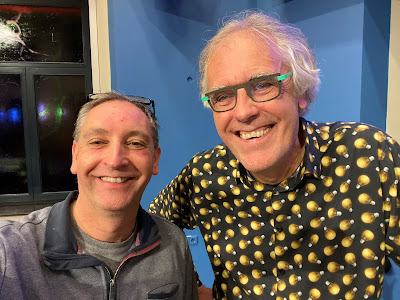As a reference I used the instructions from Info-Polaris July-September '22 number 156.:
- choose planet "Jupiter" under Program - Celestial Body
- open image and add coordinates and exact date
- choose adj tab and select outline frame - automatic detection
- save the file - be aware not select LD compensation
- start dereotation sequence by choosing Tools and derotation images
- with edit add new images
- select exact timing for rotation period and select image extention (tiff)
- compile image and your are ready
Editing and compiling 9 Jupiter Ser files from October 2, 2022 UT20h24-UT20h39. LD during derotation set on level 0,01. Final editing using CS4 and DeNoise AI
.jpg)















